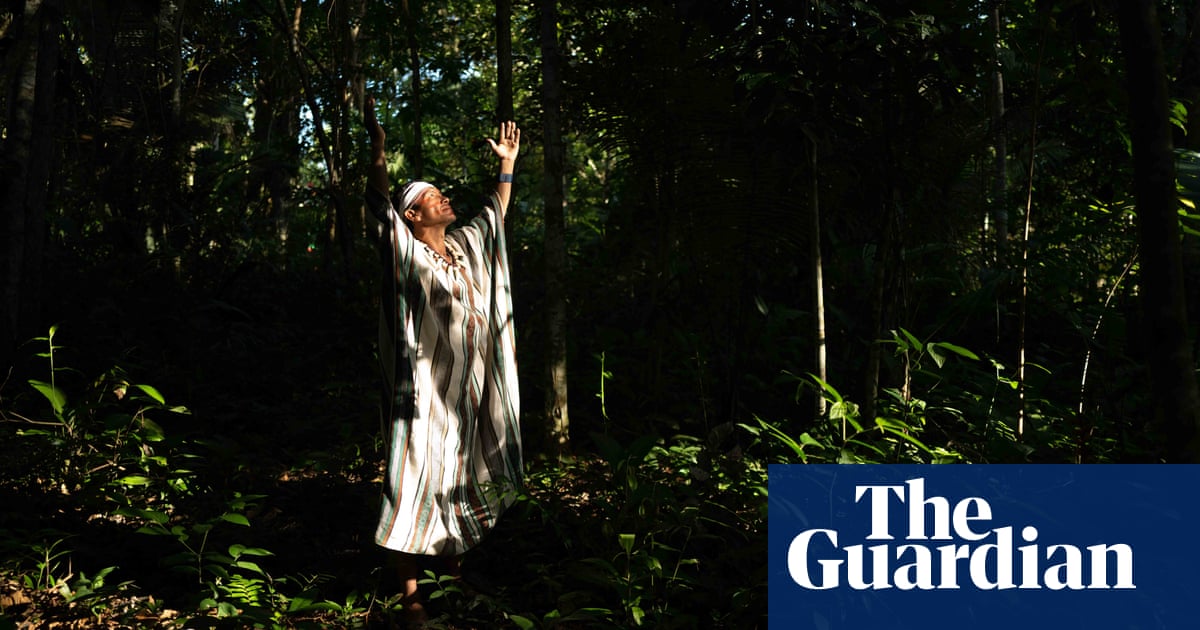
Calamities are usually the issues of others and are met with some empathy or indifference. COVID-19 is a different pandemic, although it is neither the most serious nor the ugliest in history. It is frightening because of its ambiguity, rapid spreading, and terrifying news — and because it equally threatens all continents, social classes, cities, rural areas, the rich, and the poor.
This will surely be over one day, but when? We don’t know. Maybe before this summer or maybe it will continue until next year’s winter or it might last forever.
At the moment of truth, the world’s nations have realized how much they need each other. Despite the disagreements and mutual recriminations between China and the US, despite enmity with the Iranian regime and its followers, and despite all the vengeance on this planet, this pandemic has become the enemy that is uniting the world, albeit temporarily.
This new enemy has spread everywhere from Wuhan. Maybe it started in a country before China, but its origin does not concern us as much as overcoming it and returning to “normal” life — or what we used to consider normal before early January.
As in all wars, COVID-19 has victims and sacrifices. I hope that the world learns a different lesson this time, not the expected lessons. I hope the world ends human disputes and armed conflicts and, instead, cooperates for the sake of the safety of land and humans, our shared concerns.
At the moment of truth, the world’s nations have realized how much they need each other
Abdulrahman Al-Rashed
Let us remember that there are diseases that no one is interested in curing. Malaria never leaves the world’s poor countries and has no cure because it means nothing to medical insurance companies, and the mosquitoes that spread it do not fly overseas.
The truth is bigger than that. “There are 10,000 diseases and we only have 500 cures.” This is what US congressman Kevin McCarthy said a few years ago. Someone thought the number was exaggerated, so he researched it and found that there are precisely 9,235 diseases without cures until now. Each of these diseases might affect six out of every 10,000 people.
Things seem to move slowly when it comes to cures, but recent achievements are enormous compared to what they were in all of human history. Work on the human genome, the genetic map or the “catalog” of a human and the book of his life started in 1990 and was documented a decade later at the dawn of the millennium. However, endeavors to cure diseases are still in their infancy.
I received this week my coronavirus test result. I took the test voluntarily after a long journey that made me have doubts. After two of the longest days of the year, the result arrived… and it was negative. The result of this test gives me no more than mental satisfaction, as there is no cure and testing negative does not prevent infection, nor does it relieve a person of the responsibility of self-isolation.
The test protects the community from the individual and, if the test were available to all, all infected people could be isolated and the virus could be eliminated, instead of imposing a lockdown on 5 billion people for the next few months.
We wish everyone safety. May the ill recover and may this predicament soon be over.
• Abdulrahman Al-Rashed is a veteran columnist. He is the former general manager of Al Arabiya news channel, and former editor-in-chief of Asharq Al-Awsat. Twitter: @aalrashed
Disclaimer: Views expressed by writers in this section are their own and do not necessarily reflect Arab News" point-of-view











